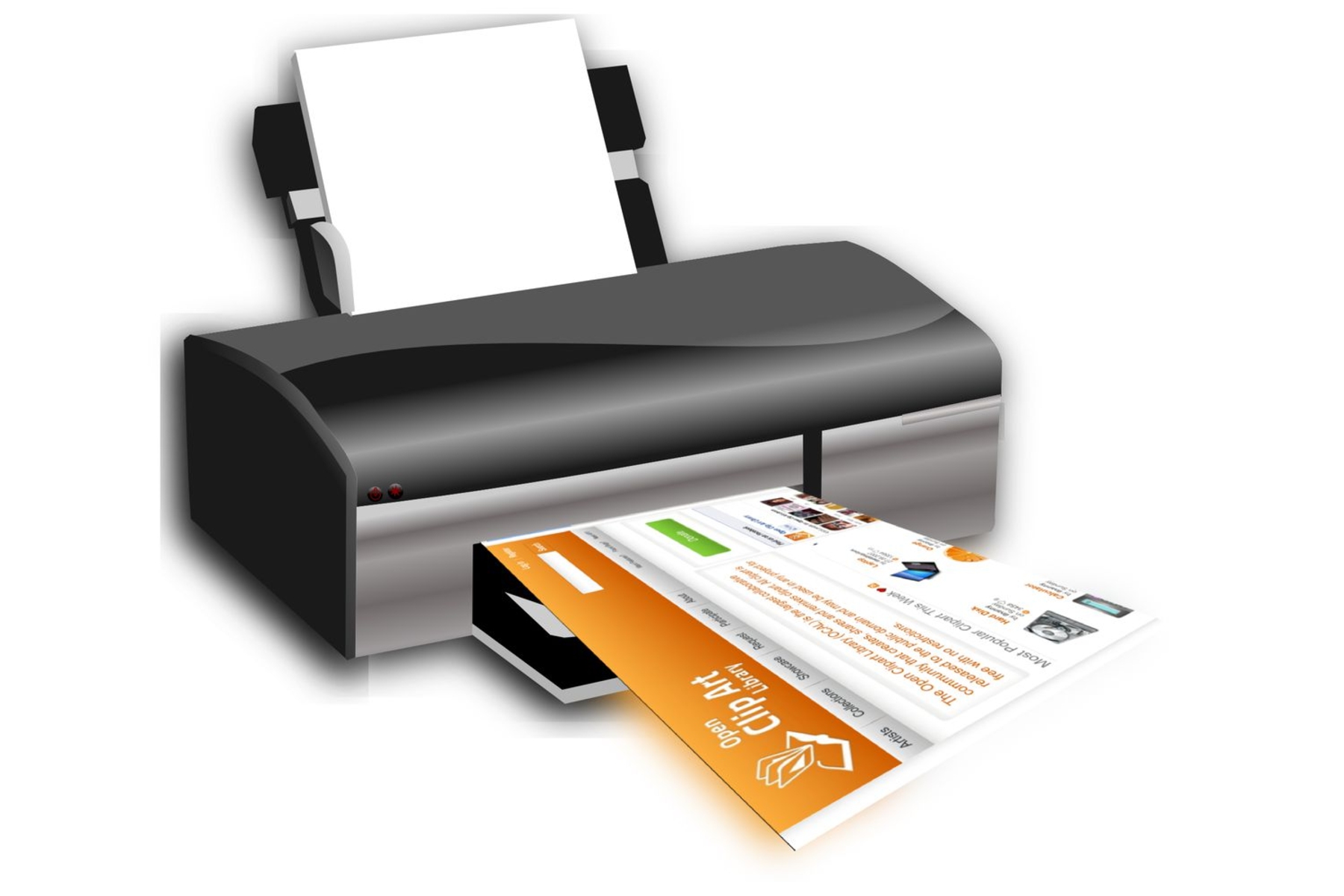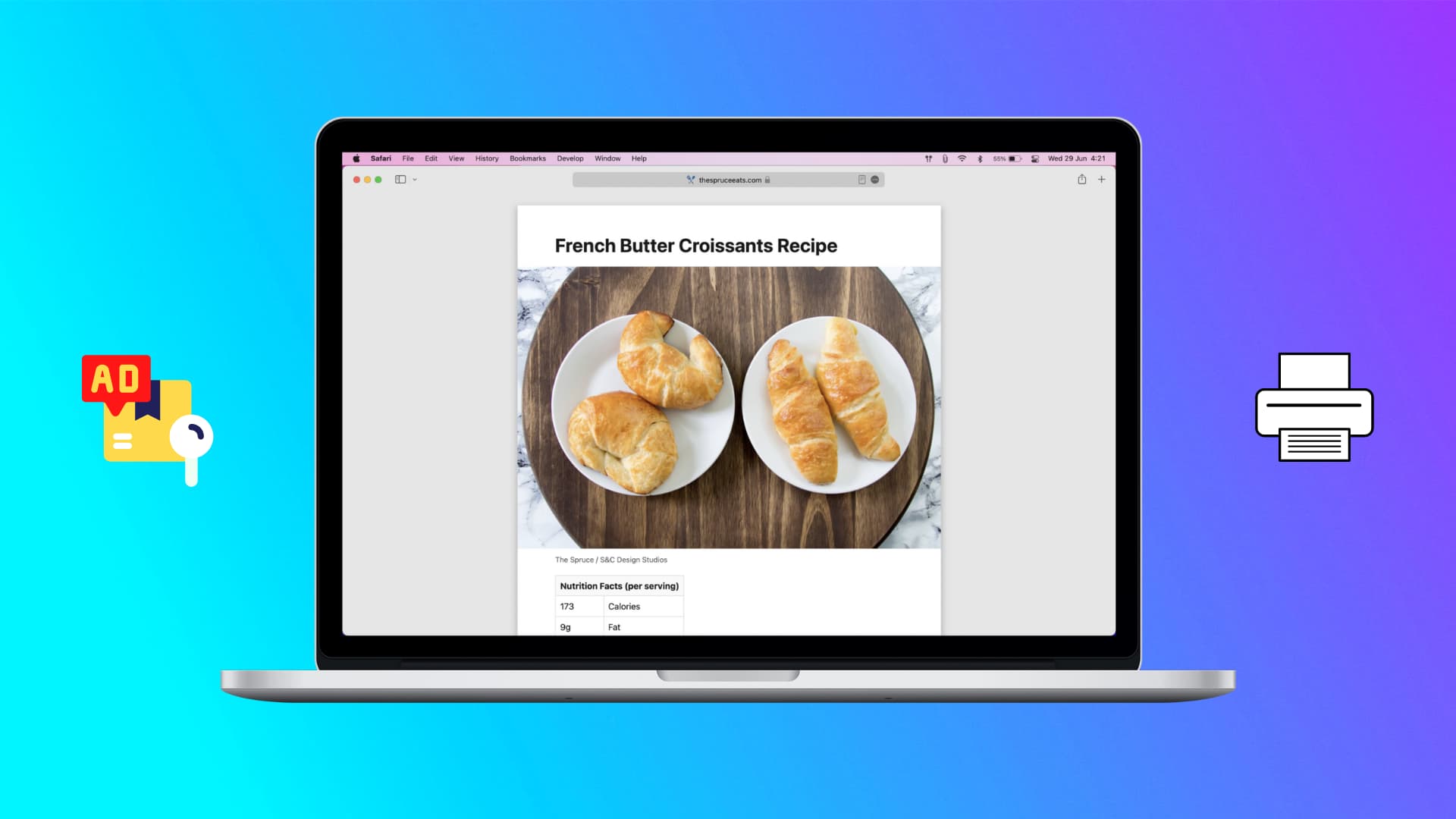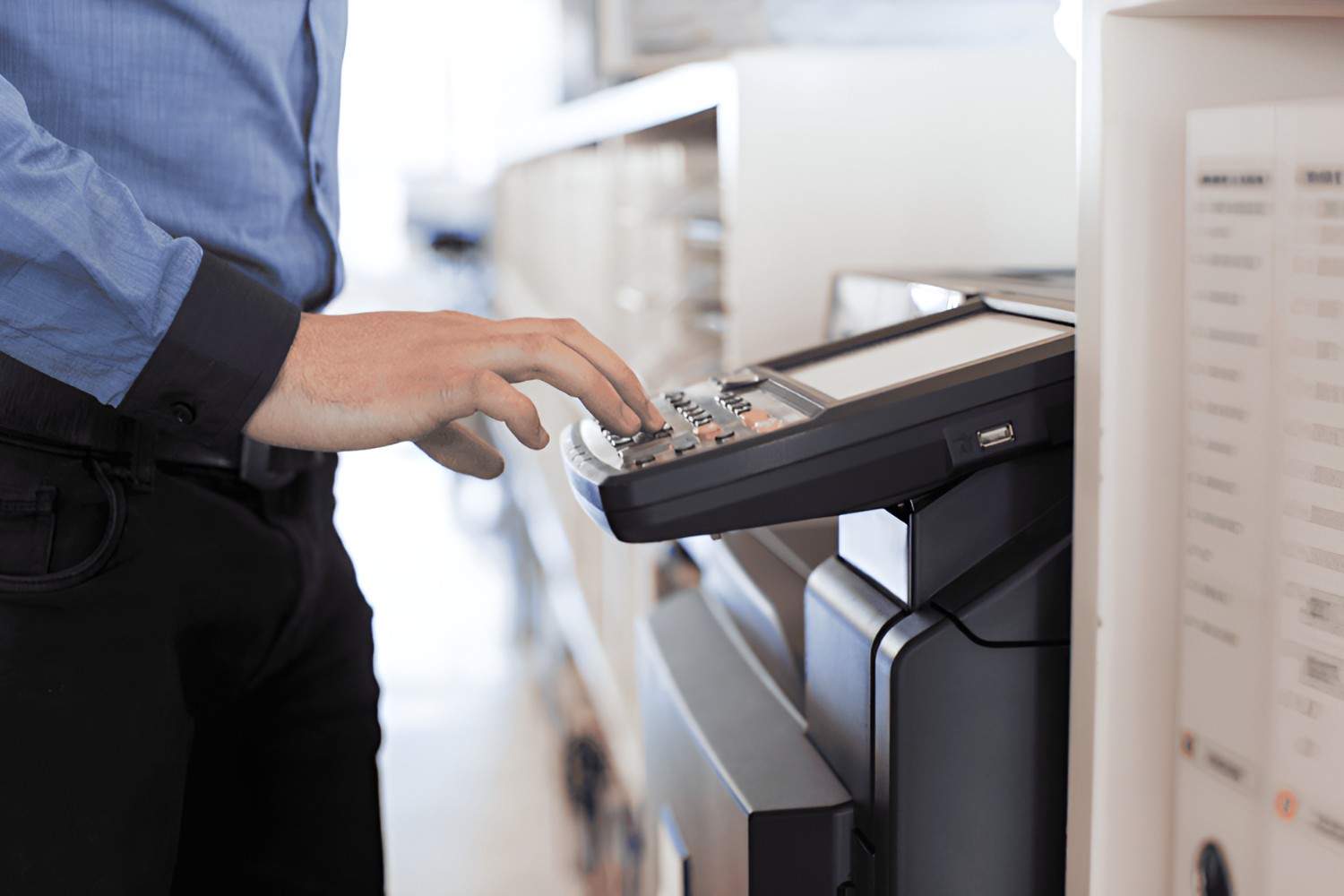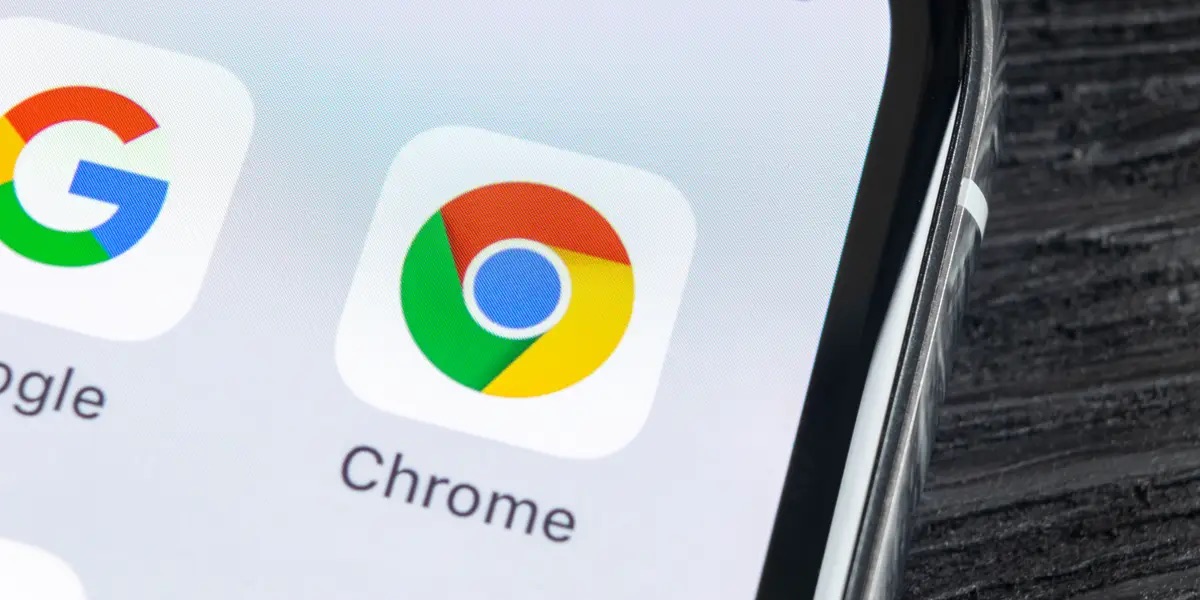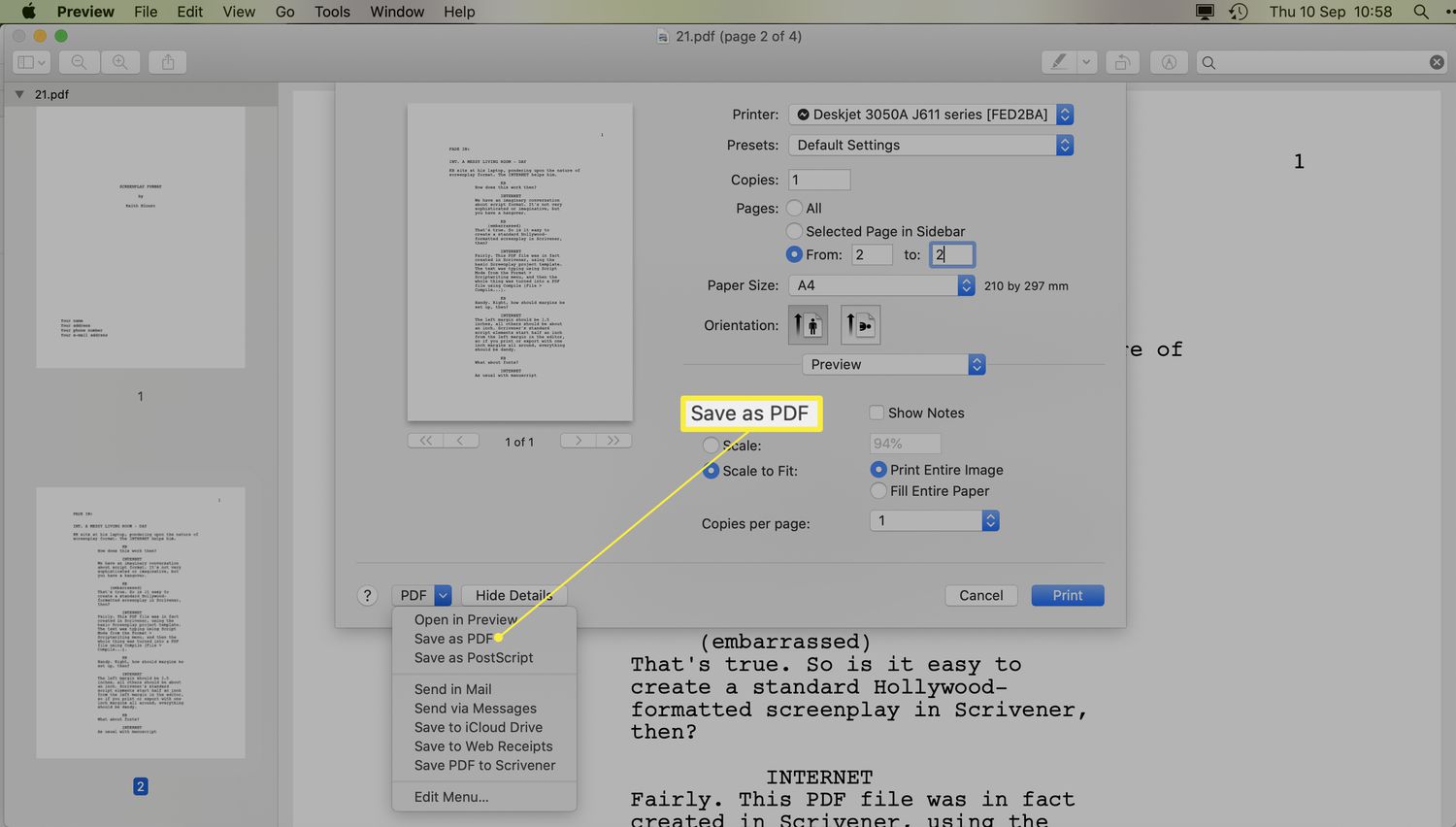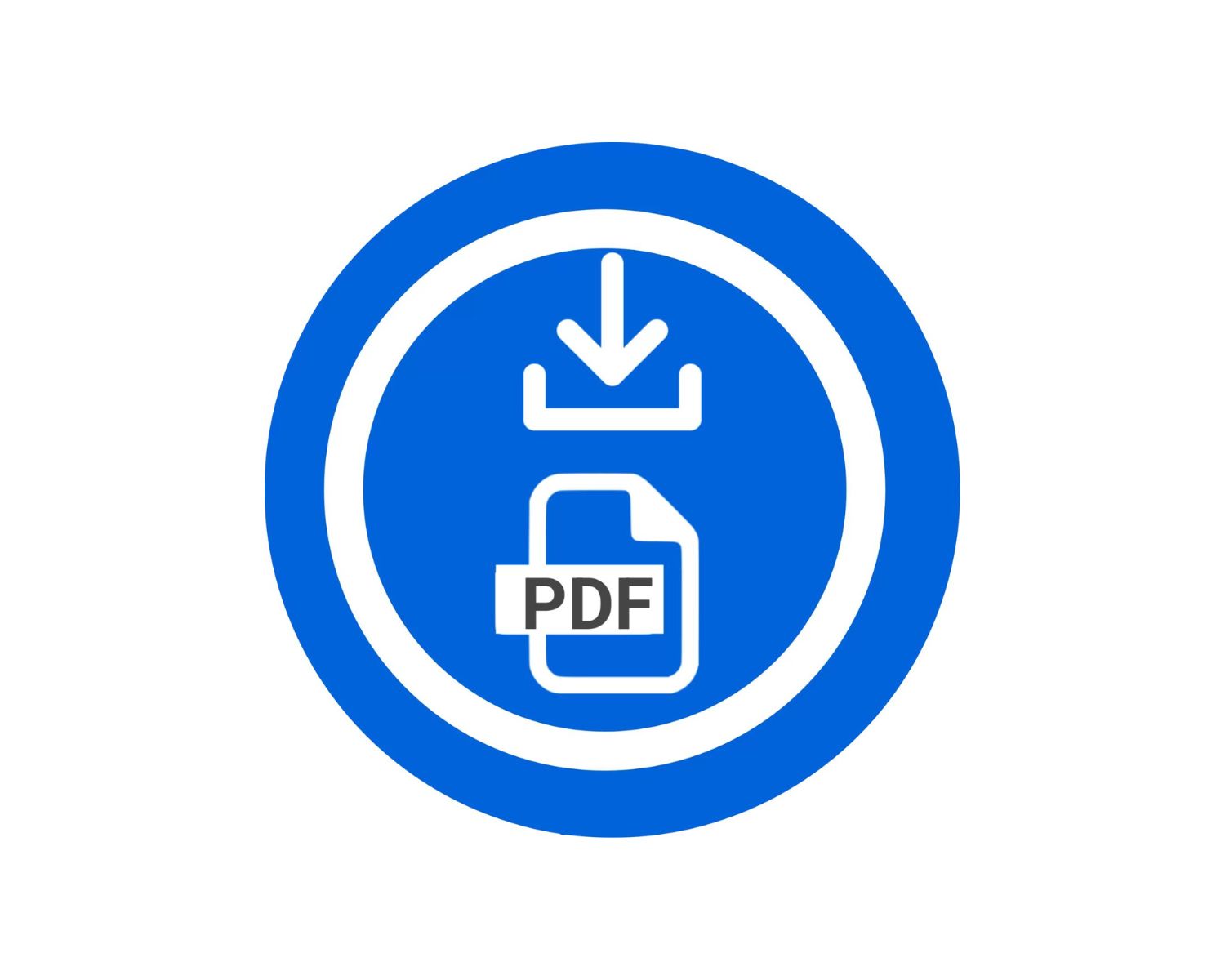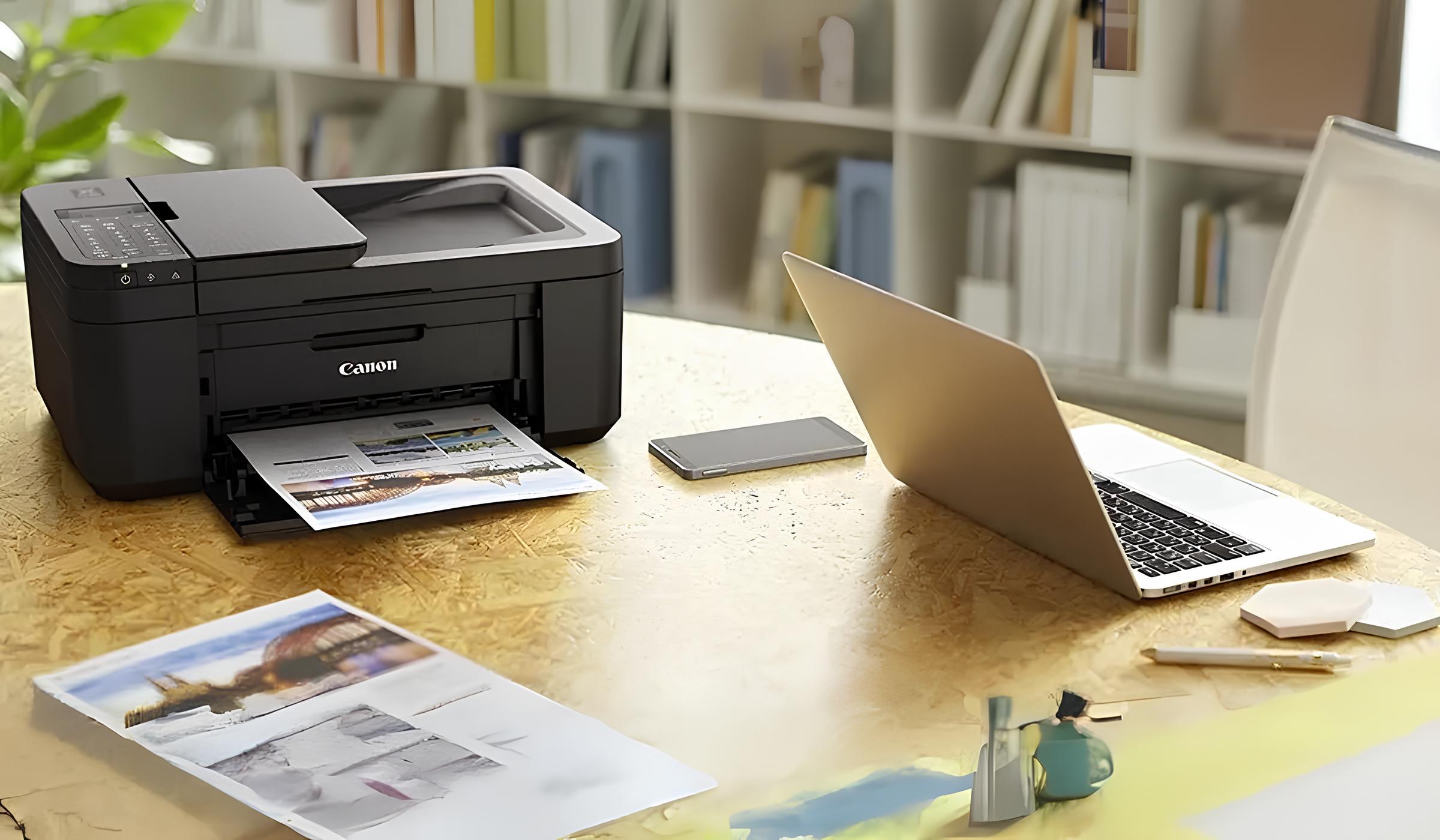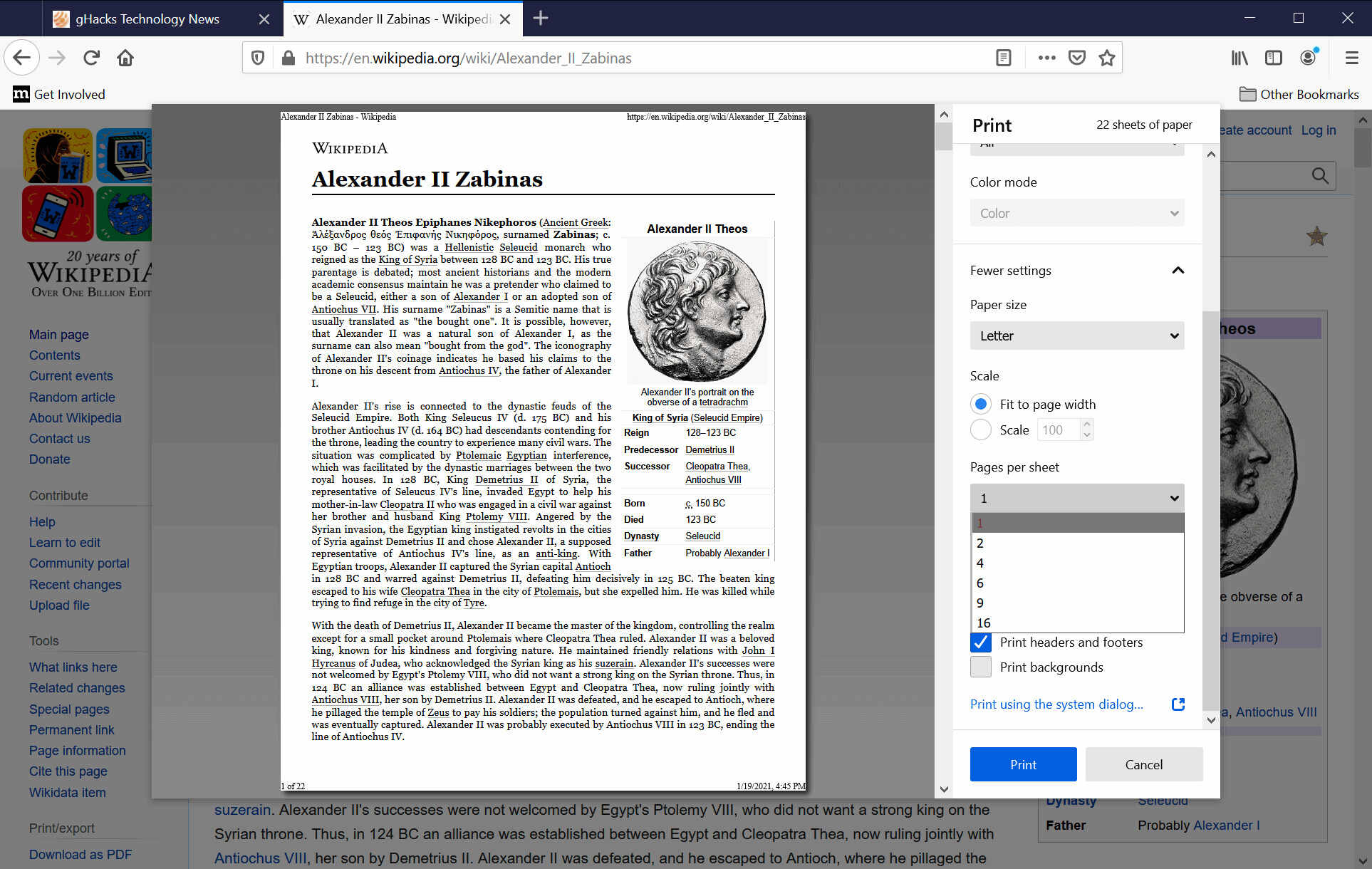Introduction
Printing a web page directly from your browser can be a convenient way to save important information or create a hard copy for reference. Whether you need a physical copy of a recipe, an article, or a confirmation page, modern web browsers offer user-friendly options for printing web content. This process eliminates the need to copy and paste content into a separate document, saving you time and effort.
In this guide, we will explore the simple steps to print a web page from popular web browsers such as Google Chrome, Mozilla Firefox, and Microsoft Edge. You will learn how to access the print function, adjust print settings, and ensure that the printed page meets your specific requirements. By following these steps, you can seamlessly transition from digital content to a tangible document, all within the familiar interface of your web browser.
Let's dive into the details of how to print a web page, empowering you to harness the full potential of your browser for both digital and physical information management. Whether you're a student, professional, or simply someone who values the convenience of having hard copies of online content, mastering the art of printing web pages will undoubtedly enhance your browsing experience.
Step 1: Open the Web Page
Before you can print a web page, you need to open it in your preferred web browser. Whether you're using Google Chrome, Mozilla Firefox, Microsoft Edge, or any other popular browser, the process of opening a web page is typically straightforward.
To begin, launch your web browser by clicking on its icon or selecting it from your computer's applications menu. Once the browser is open, you can either type the URL of the web page directly into the address bar or use a search engine to find the specific page you want to print.
If you have the URL of the web page, simply click on the address bar at the top of the browser window, type or paste the URL, and press Enter. This action will load the web page, displaying its content within the browser window.
Alternatively, if you prefer to use a search engine to find the web page, you can enter relevant keywords or the title of the page into the search bar. Upon pressing Enter, the search engine will display a list of results, and you can click on the link that corresponds to the web page you wish to print.
Once the web page is loaded in your browser, take a moment to review the content and ensure that it appears as expected. This is also a good opportunity to verify that all the elements you want to include in the printed version are visible on the screen.
By following these simple steps to open the web page in your browser, you are now ready to proceed to the next stage of the printing process. With the web page displayed on your screen, you can move on to accessing the print function and taking the necessary steps to prepare for printing.
Opening the web page is the foundational step that sets the stage for the seamless printing experience that modern web browsers offer. Whether you're printing a recipe, an article, or a confirmation page, the ability to effortlessly transition from digital content to a tangible document begins with the simple act of opening the web page in your browser.
Step 2: Access the Print Function
Once you have the web page open in your browser, accessing the print function is the next crucial step in the process of printing the content. Fortunately, modern web browsers make this step intuitive and accessible, allowing users to initiate the printing process with just a few clicks.
In Google Chrome, accessing the print function is a straightforward process. You can either use the keyboard shortcut by pressing "Ctrl + P" on Windows or "Command + P" on Mac, or you can click on the three-dot menu icon in the top-right corner of the browser window. From the dropdown menu, select "Print," and a print preview window will appear, providing you with various print settings and options to customize the output.
In Mozilla Firefox, accessing the print function is similarly convenient. You can use the keyboard shortcut "Ctrl + P" on Windows or "Command + P" on Mac, or you can click on the three-line menu icon in the top-right corner and select "Print" from the dropdown menu. This action will open the print preview window, allowing you to review and adjust the print settings before sending the web page to the printer.
For users of Microsoft Edge, the process of accessing the print function is just as seamless. By pressing "Ctrl + P" on Windows or "Command + P" on Mac, or by clicking on the three-dot menu icon and selecting "Print," you can open the print preview window. Here, you can review the web page and make necessary adjustments to ensure that the printed output meets your specific requirements.
Regardless of the web browser you are using, the print function is typically accessible through a few simple clicks or keyboard shortcuts. This user-friendly approach ensures that printing web pages is a hassle-free experience, allowing you to focus on customizing the print settings and producing a high-quality printed document.
By accessing the print function, you have taken a significant step toward transforming digital content into a tangible form. The print preview window that appears provides you with the opportunity to review the web page and make any necessary adjustments before proceeding to the final stage of the printing process. With the print function easily accessible, you are now ready to move on to the next step of adjusting print settings to ensure that the printed web page meets your specific preferences.
Step 3: Adjust Print Settings
After accessing the print function in your web browser, the next crucial step is to adjust the print settings to ensure that the printed web page meets your specific preferences. Modern web browsers offer a range of customizable options that allow you to tailor the printed output according to your needs.
When you open the print preview window, you will typically encounter a variety of print settings that can be adjusted to optimize the appearance and layout of the printed web page. These settings may include options to select the printer, choose the paper size and orientation, adjust the margins, and specify the number of copies to be printed.
One of the key print settings to consider is the choice of printer. If you have multiple printers installed on your computer, you can use the print settings to select the desired printer from the available options. This is particularly useful if you have a dedicated printer for high-quality color printing and another printer for monochrome documents, allowing you to choose the most suitable device for the specific web page you are printing.
In addition to selecting the printer, you can customize the paper size and orientation to ensure that the printed web page fits your intended format. Whether you prefer standard letter-size paper in portrait orientation or a custom size and landscape orientation, the print settings enable you to align the printed output with your requirements.
Adjusting the margins is another important aspect of fine-tuning the print settings. By modifying the margins, you can control the amount of white space around the edges of the printed web page, optimizing the layout for readability and visual appeal. This is particularly useful when printing content that contains images, tables, or other visual elements that benefit from a specific margin configuration.
Furthermore, the print settings allow you to specify the number of copies you wish to print, streamlining the process of producing multiple copies of the web page without the need for manual duplication. Whether you need a single copy for personal reference or multiple copies for distribution, this feature simplifies the printing process and saves time.
As you navigate through the print settings and make adjustments according to your preferences, the real-time preview of the printed web page provides valuable visual feedback, allowing you to assess the impact of your choices before finalizing the print job. This interactive approach empowers you to make informed decisions and ensures that the printed output aligns with your expectations.
By taking the time to adjust the print settings, you can tailor the printing process to suit your specific needs, resulting in a customized and high-quality printed web page. The ability to fine-tune the print settings within the familiar interface of your web browser exemplifies the user-centric approach that modern browsers offer, empowering you to seamlessly transition from digital content to a tangible document with precision and ease.
Step 4: Print the Web Page
Once you have adjusted the print settings to your satisfaction, the final step is to initiate the printing process and produce a physical copy of the web page. With modern web browsers, this step is designed to be straightforward and efficient, allowing you to seamlessly transition from the digital realm to a tangible document.
To print the web page, simply click on the "Print" button within the print preview window. This action sends the print job to the selected printer, initiating the process of transferring the digital content to paper. As the printer receives the data, it begins to produce a physical copy of the web page, faithfully replicating the content and layout as configured in the print settings.
During the printing process, it is important to monitor the printer to ensure that the output meets your expectations. If you encounter any issues such as paper jams or print quality issues, you can take appropriate action to resolve the problem and restart the printing process as needed.
Once the printing is complete, retrieve the printed web page from the printer's output tray. Take a moment to review the printed document, ensuring that the content, layout, and overall quality align with your intended outcome. This step allows you to verify that the printed web page meets your specific requirements and can be used effectively for its intended purpose.
By following these simple steps to print the web page from your browser, you have successfully transformed digital content into a tangible document, ready for reference, distribution, or archival purposes. The seamless integration of the printing process within the web browser interface exemplifies the user-centric approach that modern browsers offer, empowering you to effortlessly bridge the gap between digital and physical information management.
With the printed web page in hand, you now have a physical representation of the digital content, providing you with the flexibility to access and utilize the information in a manner that best suits your needs. Whether you're printing a recipe, an article, or a confirmation page, the ability to effortlessly produce high-quality printed documents directly from your web browser enhances your browsing experience and information management capabilities.
Conclusion
In conclusion, the process of printing a web page directly from your browser is a seamless and user-friendly experience, offering a convenient way to transition from digital content to a tangible document. By following the simple steps outlined in this guide, you can harness the full potential of your web browser to effortlessly produce high-quality printed output that meets your specific preferences.
From opening the web page to accessing the print function, adjusting print settings, and finally initiating the printing process, each step is designed to be intuitive and accessible, ensuring that you can seamlessly navigate through the printing process without unnecessary complexity or confusion.
The ability to open the web page in your browser sets the stage for the entire printing experience, allowing you to review the content and ensure that all the elements you want to include in the printed version are visible on the screen. This foundational step lays the groundwork for a successful printing process, providing you with a clear overview of the content before proceeding to the next stage.
Accessing the print function within your web browser is a straightforward process, typically requiring just a few clicks or keyboard shortcuts. The user-friendly interface of modern web browsers ensures that the print function is easily accessible, allowing you to initiate the printing process without unnecessary delays or complications.
Once you access the print function, the ability to adjust print settings according to your specific preferences empowers you to tailor the printing process to suit your needs. Whether it's selecting the printer, customizing the paper size and orientation, adjusting the margins, or specifying the number of copies, the customizable options available in the print settings ensure that the printed output aligns with your intended format and quality standards.
Finally, initiating the printing process and producing a physical copy of the web page is a seamless and efficient endeavor, allowing you to seamlessly bridge the gap between digital and physical information management. The ability to monitor the printing process and review the printed document ensures that the output meets your expectations, providing you with a high-quality printed web page ready for reference, distribution, or archival purposes.
In essence, the process of printing a web page from your browser exemplifies the user-centric approach that modern browsers offer, empowering you to effortlessly transition from digital content to a tangible document with precision and ease. Whether you're a student, professional, or simply someone who values the convenience of having hard copies of online content, mastering the art of printing web pages enhances your browsing experience and information management capabilities.







